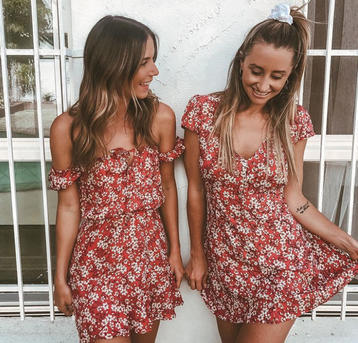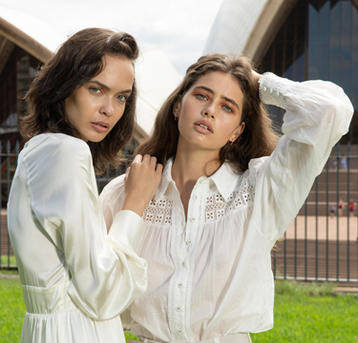It’s stats like 52 million-plus monthly pinners engaging with beauty content and 250 million monthly users, that are getting more and more beauty brands excited about investing in Pinterest.
SkinCeuticals, L’Oréal’s medically-derived skincare brand, has had a Pinterest profile page since 2013 that sees about 88,000 monthly viewers. But the beauty company only began investing in the social platform in the fourth quarter of 2018.
After dedicating media dollars to Facebook and Instagram beginning in 2017, SkinCeuticals U.S general manager, Christina Fair, said Pinterest, which boasted $750-plus revenue in 2018, was an obvious next step for building brand awareness last quarter.
“Before, we were largely focused on talking to doctors’ offices or skincare professionals because we are predominantly a medical-dispensed brand; it was more B2B communications. But we wanted to start that conversation to speak directly to consumers, and we started looking at Pinterest,” said Fair.
Along with SkinCeuticals, other beauty brands honing in on Pinterest for brand awareness and conversion play include Inkbox, COVERGIRL, Nest, Burberry and Guerlain, who have all been investing more in the platform since 2018.
According to Pinterest head of market development, Vikram Bhaskaran, beauty is one of the site’s top four categories, along with food, home and style. “We are a visual medium, and beauty lovers are visual. They are coming here to be inspired and learn about something they already love or something they want to know more about,” said Bhaskaran.
Though Pinterest does not have a dedicated beauty team within its large agency team that handles brand outreach, Bhaskaran said beauty brands are coming to Pinterest for three reasons: to accelerate e-commerce businesses, according to the platform, 86 per cent of pinners have made a beauty or personal care purchase based on something they’ve seen on Pinterest; to double down on Pinterest’s existing search capabilities; and to create trend-specific products using Pinterest’s insights.
Pinterest’s Audience Insights Tool, which debuted in June 2018, along with its annual trend report and new max width video format that launched in August 2018 have been particularly helpful in getting brands to pay more attention.
For SkinCeuticals, Pinterest’s max width video, a 400 per cent larger unit than the version prior, spanning across the site's two-column grid, was the impetus for the brand to put paid media dollars behind the platform. In the fourth quarter, the company launched a video campaign around its antioxidant offerings. Acoording to Fair, the video drove a 130 per cent quarter-over-quarter increase in traffic to SkinCeuticals.com and a 38 per cent increase in sales on its antioxidant products.
Temporary tattoo body brand, Inkbox, which sees 20 million organic Pinterest profile visits per month, has also scaled its interest with the platform. Inkbox performance marketing lead, Brodie Mazurek, said the brand was approached by a Pinterest brand rep detailing the organic search volume around tattoos.
According to the platform, semi-permanent tattoo searches have increased by 538 per cent since 2018, as of February data. Inkbox started with retargeting campaigns on the platform in the second quarter of 2018 and, following its July 2018 $13 million Series A funding round, it increased its spend by 1,000 per cent.
“Our traffic on Pinterest increased without putting any paid advertising toward it when organic reach was diminishing on Facebook and Instagram,” said Mazurek. “When Pinterest optimised toward conversion within search and full video ads, we knew we could get more than brand awareness with it. As a start-up, what really matters is converting.”
Mazurek sees Pinterest’s value add as different from other social or search platforms in that it connects Inkbox with customers in its orbit. “You’re finding people already in your market on Pinterest, so it’s a step above Google,” said Mazurek. “You get to connect to your audience in a way that feels more organic, and that’s better for both growth and awareness.”



